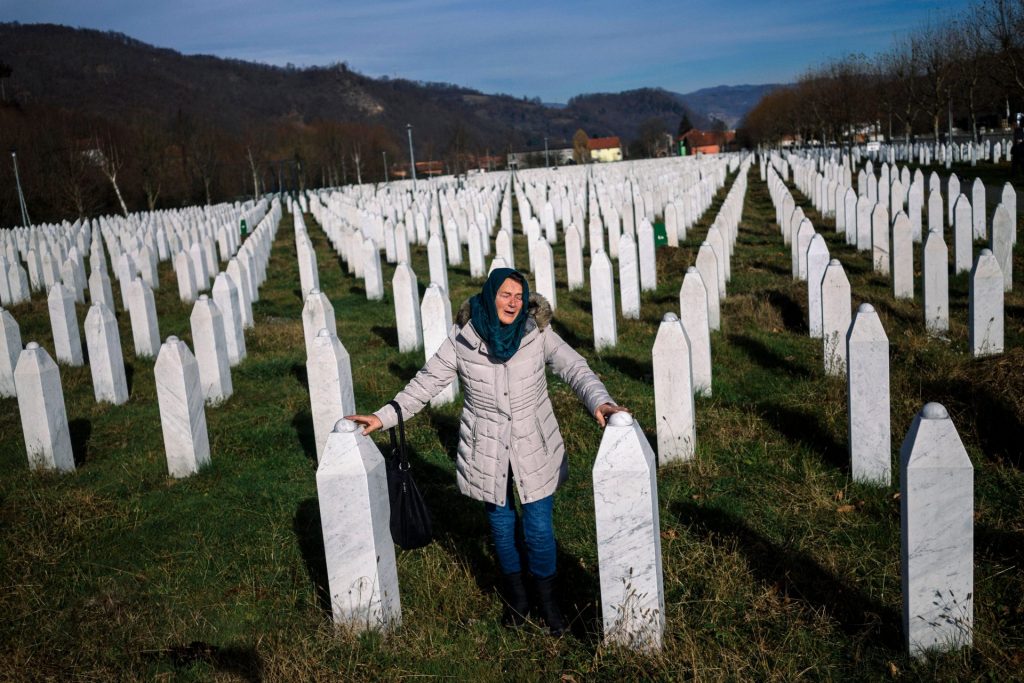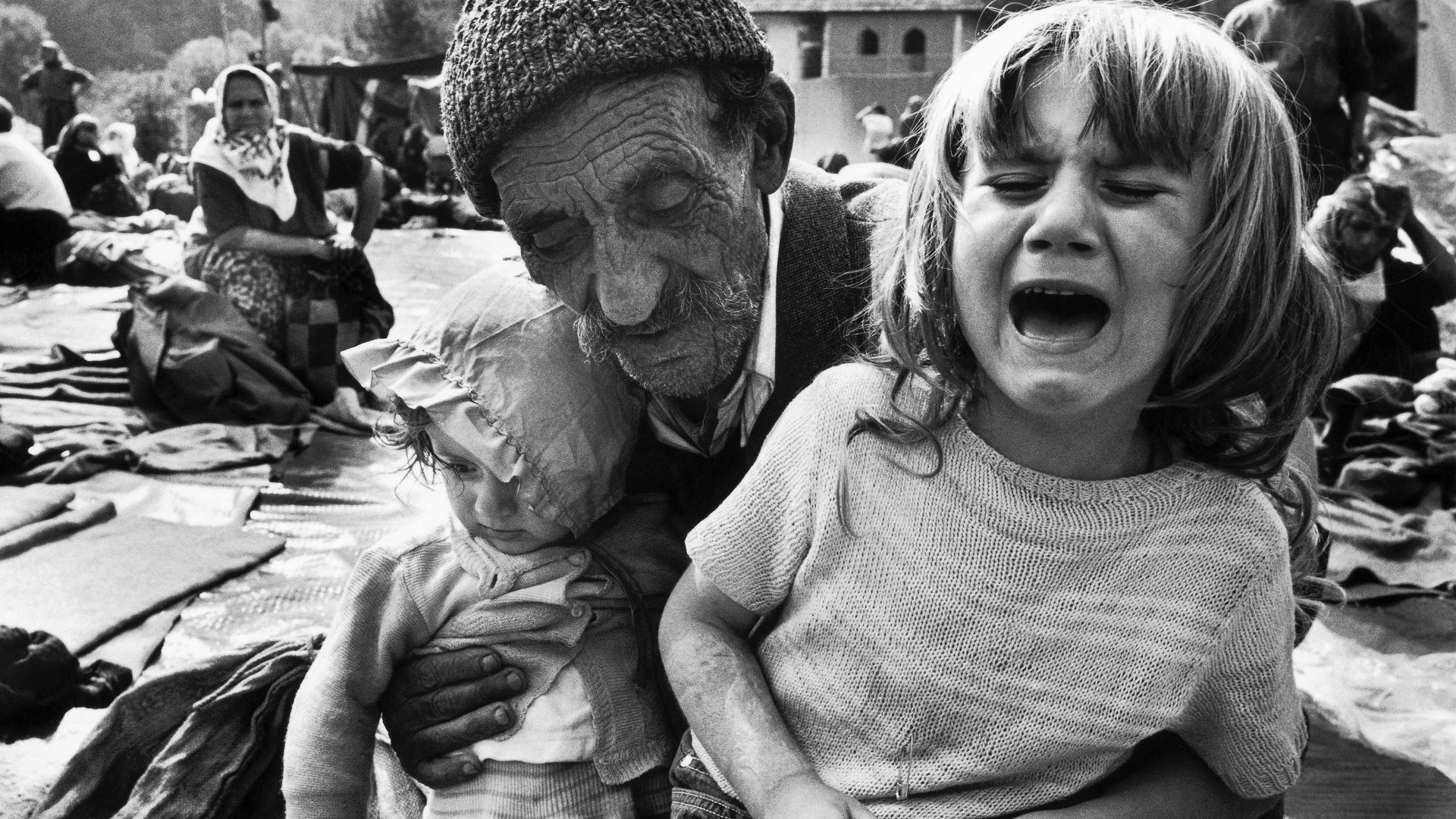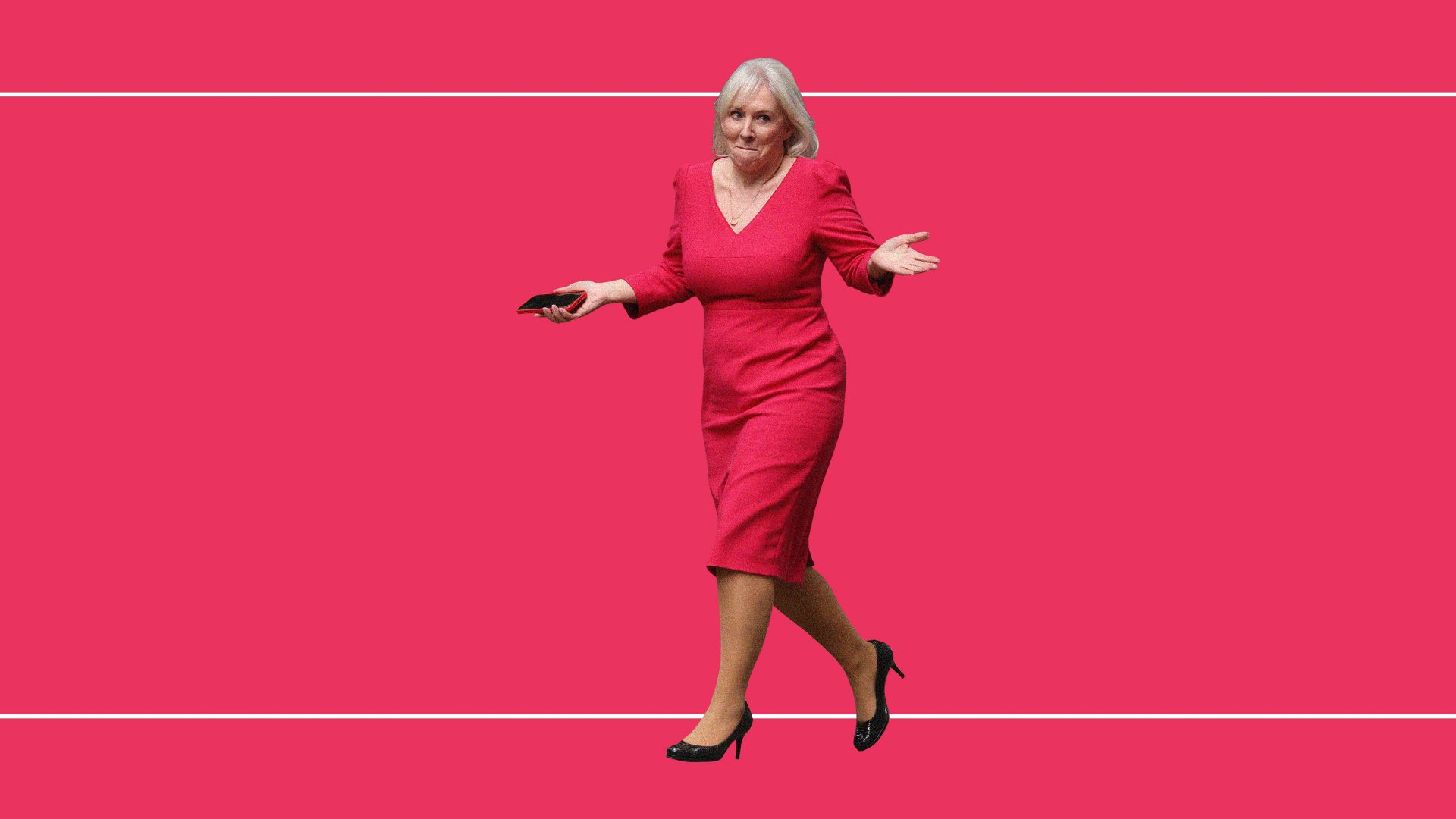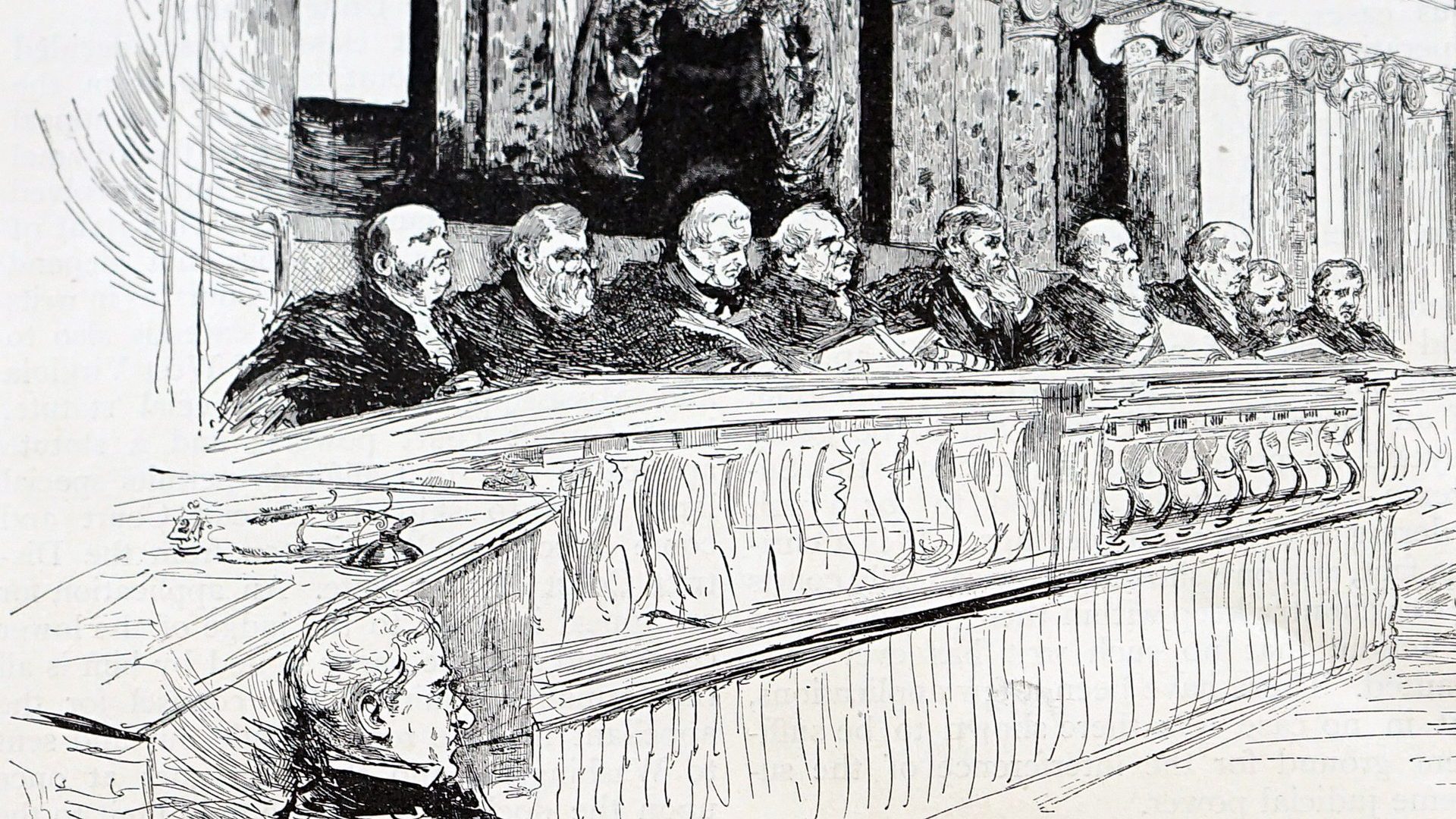Wincing from the effort, 16-year-old Safet Fejzić uses his heels to drag himself to the edge of the truck, shuffling awkwardly on his behind under the torchlight that pierces the darkness of the warm summer night.
The dark, shaky images captured by Bosnian Serb soldiers show Fejzić and four other Bosniaks (Bosnian Muslims) quietly following instructions to lie down on the dusty roadside near the tiny hilltop town of Srebrenica. Face down, arms bound, some crouching over folded knees as if praying, they’re motionless, like bodies in a mass grave – which is what they soon become, shot from behind by Serbian troops trying to wipe their people off the face of the earth.
In the third year of the bitter inter-ethnic Bosnian war, in July 1995, more than 8,000 Bosniak men and boys as young as 12 lay down in similar grim lines, in farms, playgrounds, sports pitches, squashed together and inhaling dusty soil as they breathed their last amid the verdant landscape of a country at the heart of Europe. They were massacred less than a day’s drive from the great cities of Venice, Vienna and Budapest, a few hours from sunseekers on the Adriatic coast, three years after the publication of American philosopher Francis Fukuyama’s book The End of History, which announced the global triumph of pacifist liberal democracy.
The Srebrenica genocide is the most shameful episode of European post-world war history, although Russia’s invasion of Ukraine is no doubt creating others. The Bosnian war, where Serbs, Croats and Bosnian Muslims fought for territory after Yugoslavia disintegrated when the iron curtain fell, was full of atrocities – but this one was special. It could be seen coming, it took place under the noses of United Nations peacekeeping troops in a so-called safe area, and, until its full horrors became obvious, no international institutions seemed to care.
For years the powerless, ill-equipped, hemmed-in Dutch troops stationed there to prevent an ethnic bloodbath were scorned for apparent fecklessness – many of the murdered men and boys were in effect delivered to the Serbian soldiers from the Dutch military compound at nearby Potočari.
But, a month before Bosnian Muslims gather on July 11 at the vast memorial graveyard to mark the 27th anniversary of the massacre, Dutch premier Mark Rutte apologised to the Dutchbat III veterans, many of whom suffered from post-traumatic stress disorder, for their “impossible mission”: “Your mandate, your equipment and the military support you received… were all inadequate.”
Because the truth is, the blame lies everywhere, including with respected institutions that turned away when needed most, allowing a mass murder that was later described at The Hague by Judge Fouad Riad as “scenes from hell, written on the darkest pages of human history”.
The story of the Srebrenica genocide began around July 6, when the Bosnian Serb military, under orders from General Ratko Mladić, attacked the town full of Bosniaks hiding from earlier assaults. More than 10,000, mostly men, tried to evade them by walking through the woods to the Muslim-run “safe” city of Tuzla. Thousands more aimed for Potočari.
In video footage later shown at war crimes trials, Mladić is seen entering the deserted town to congratulate his adoring troops, declare Srebrenica a gift for the Serbs and order the pursuit of fleeing Muslims. Referring to the Ottoman empire’s 400-year rule – when many converted to Islam – he says: “The time has come to take revenge on the Turks.”
For it is a distorted history of nationalistic grievances that gave fire to the Serbian offensives, as it does today to Vladimir Putin’s attempts to regain territories that Russia lost after the collapse of the Soviet Union.
By the afternoon of July 11, the first of nearly 30,000 Bosniak men, women and children arrived at Potočari, some clinging to UN trucks. Remko de Bruijne, one of the drivers, had been at an observation post outside the base and fought to resist the Serb advance until told to stop because fighting violated UN rules on neutrality. “It was ridiculous,” he told me.
As Serbian troops surrounded the overflowing camp, 350 men hid inside buildings. The Dutch commander, Colonel Thom Karremans, asked in vain for Nato airstrikes. As the Bosniaks pleaded for protection, Mladić – whose forces had already taken around 30 peacekeepers hostage – “negotiated” with the Dutch to take them, promising they wouldn’t be harmed, threatening to shell the camp if he didn’t get his way.
Mladić, ruthless and menacing, was slippery, a liar bearing gifts. On film, the man known as the Butcher of Bosnia calmly tells the crowds they can choose to stay or be transported somewhere safer. He gives children chocolates and sweets.
According to Munira Subašić, founder of the campaigning group Mothers of Srebrenica, the violence began as soon as the cameras were switched off. Her testimony is filled with mindboggling brutality – a baby beheaded for crying, a 15-year-old killed for refusing to rape his younger sister, who’s raped instead by soldiers. Subašić’s son was taken. Years later, she buried two of his bones, found 25km apart.
Threatened and powerless, the Dutch asked the Bosniaks to leave the compound. In his book, Under the UN Flag, Hasan Nuhanović, a translator working on the base, recounted how the Dutch commander made him evict his own family despite his pleas.
“My brother told me to stop begging them… and left,” he said in a tearful television interview. His father, a refugee representative, gave up his right to stay and joined the rest of his family. “My father shook hands, smiled and left the base.” Nuhanović never saw them again. He finds the guilt unbearable.
The Dutch soldiers hoped to keep the Bosniaks safe by travelling with them, but the Serbs took away the men and boys, and disarmed or kidnapped several peacekeepers. De Bruijne, then a 19-year-old conscript with minimal training, found himself alone leading a small convoy, having to make snap decisions about who to save: “We had no good options, only bad ones and worse ones.”
Exhausted, he sometimes fell asleep. “I woke up in a farm, saw men in black and clothes abandoned by a stream, and thought: ‘Shit, it’s a kill farm’.” He got his bus out, but was later held hostage near a stadium. By night, he heard shots – his captors were on the pitch, killing Bosniaks.
Most men fleeing through forests were caught and killed. Hasan Hasanović, then 21, lost his younger brother, Hairo, to anti-aircraft gunfire. With his older brother, Hasib, he survived ambushes, walked through piles of corpses, mutilated men and a sea of body parts, until Hasib’s stomach was torn apart in a mine explosion – trying to help him, Hasan felt “something slimy”, “like a warm pudding”. “I see and feel that every day,” Hasanović told Balkan Insight through his tears.
A damning 1999 report by UN official David Harland slammed everyone from the UN secretary-general, Boutros Boutros-Ghali, down, as well as UN policies, decision-making processes and behaviour on the ground. Before the genocide, Mladić had declared he would racially cleanse the region claimed by Serbs, yet early Dutch requests for reinforcements were vetoed, and prior information about Serb battle plans reportedly not passed on by the US and the UK.

Getty
Karremans’s request for air support on July 10 was met with stalling by the top soldier in Bosnia, French General Bertrand Janvier, who – worried about inflaming the Serbians – rejected it over an incorrect form. Even though US satellites and radio intercepts spotted the murders, people in the west either did not understand what was happening or remained indifferent.
When the US finally entered the fray and helped to bring the war to an end, Bosnia was split into two entities in the Dayton Peace Agreement. But the Bosnian Serbs kept Srebrenica and their president, Slobodan Milošević, remained in place to further his violent territorial ambitions in Kosovo in 1999. Perpetrators such as Mladić weren’t arrested for years.
About 100,000 people were killed and 2.2 million left homeless in the Bosnian war, during which the international community also stood by as Rwanda’s Hutus killed 800,000 ethnic minority Tutsis with machetes.
Today, in EU-candidate Ukraine, atrocities take place a day’s journey from the museums and opera houses of Berlin and Warsaw. The war crimes being exposed could match those in Bosnia – for Srebrenica, read Bucha. Just as Dayton did not tame Milošević, Putin ignored the Minsk Agreement meant to halt his aggression after he invaded Crimea in 2014.
In Bosnia’s inter-ethnic civil war, warring parties were largely left to their own devices – US Secretary of State James Baker famously said, “We don’t have a dog in this fight”. The response to Ukraine, invaded by its neighbour, has been swift. Many states have sent or bought arms for Kyiv, whereas Bosnian Muslims only had illicitly supplied arms and were hopelessly outgunned. The US, so reluctant in Bosnia, is central to the Ukraine response. Were lessons learned?
“After Srebrenica, the UN accepted that impartiality is not the answer to attempted genocide. This has tremendous relevance for Ukraine,” former UN official Edward P Joseph, now senior fellow at Johns Hopkins University’s SAIS Foreign Policy Institute, told me from Sarajevo. As a UN official during the Srebrenica slaughter, Joseph dealt face-to-face with Mladić in Žepa – a smaller enclave where fierce resistance under Bosnian army commander Avdo Palić bought time for thousands to flee.
“Imagine if you had Unprofor (UN forces in Bosnia) today in Ukraine, saying ‘don’t give the Ukrainians artillery because we’re delivering food and we don’t want to upset Putin’,” Joseph said. “This was the mindset in 1995 when the UN refused to call on Nato for sustained airstrikes over the assault on Srebrenica, allowing the genocide to take place.”
Srebrenica survivor Dr Emir Suljagić, director of the Srebrenica Genocide Memorial, tweets regular reminders about western blind spots: “Killing the Ukrainian population is at the heart of the Russian military strategy. The west is as usual reading the wrong playbook,” he wrote. “Sarajevo market massacre, concentration camps of Prijedor, rape camps of Višegrad. If you’re surprised by anything in relation to Ukraine, it only shows you completely missed the dissolution of Yugoslavia.”
Russians, like Serbs before them, deny even events taking place in full public view. A more wholesale genocide denialism has now engulfed former Yugoslavia, with populist pro-Kremlin Serbian leaders trying to portray themselves as the victims.
With Putin’s support, Bosnian Serbs want to secede from Bosnia. Anticipating trouble, the EU has doubled its force there. With ethnic tensions rising again, the western Balkans risks becoming a powder keg, yet all eyes are on Ukraine. Is it possible that once again the region could explode while the world looks the other way?




